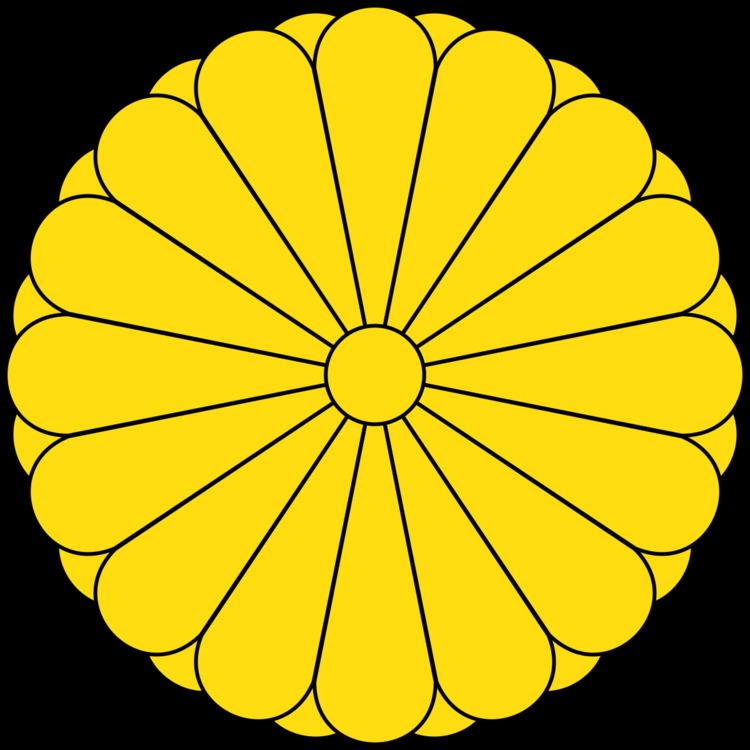The Ministry of the Treasury (大蔵省, Ōkura-shō) (lit. the department of the great treasury) was a division of the eighth-century Japanese government of the Imperial Court in Kyoto, instituted in the Asuka period and formalized during the Heian period. The Ministry was replaced in the Meiji period.
The nature of the ministry was modified in response to changing times. The ambit of the Ministry's activities encompasses, for example:
administration of public accountsoversight of tax collections and of offerings to the Emperorregulation of weights and measurescontrol of the functuations in prices of commoditiesregulation and oversight of the coinage of gold, silver, copper, and iron moneymaintenance of the lists of artisans engaged in coinage-related activitiesregulation of activities in the manufacture of lacquer ware, weaving, and other kinds of industriesThe duties, responsibilities and focus of the ministry evolved over time. It was established as part of the Taika Reforms and Ritsuryō laws. Since 1885, Ōkura-shō has been construed in reference to the Ministry of Finance, also called the Ōkura no Tsukasa.
The court included a ministry dealing with military affairs.
Amongst the significant daijō-kan officials serving in this ministry structure were:
Chief administrator of the ministry of the treasury (大蔵卿, Ōkura-kyō). This official supervises the receipt of tributes from the provinces and imposes tribute on others.Chief administrator of the ministry of the treasury (大蔵大輔, Ōkura-taifu)First assistant to the chief of the ministry of the treasury (大蔵少輔, Ōkura-shō)Second assistant to the chief of the ministry of the treasury (大蔵丞, Ōkura-no-jō), two positionsAlternate assistant to the chief of the ministry of the treasury (大蔵録, Ōkura-no-sakan), two positionsCollector of taxation from manufacturers and dyers (織部正,, Oribe-no-kami)Assistant collector of taxation from manufacturers and dyers (織部佑, Oribe-no-jō)Alternate assistant collector of taxation from manufacturers and dyers (織部令史, Oribe-no-sakan)
